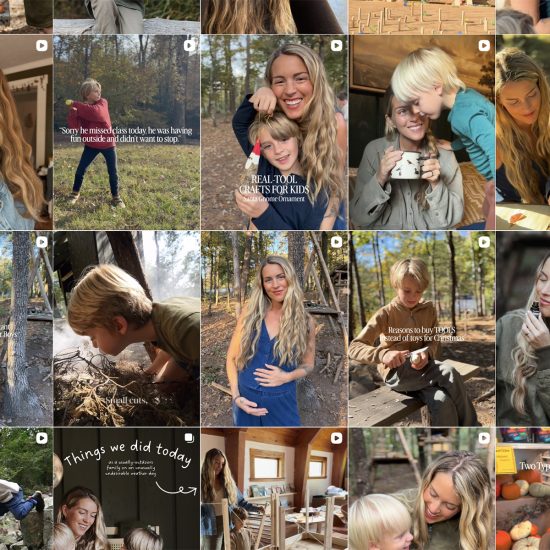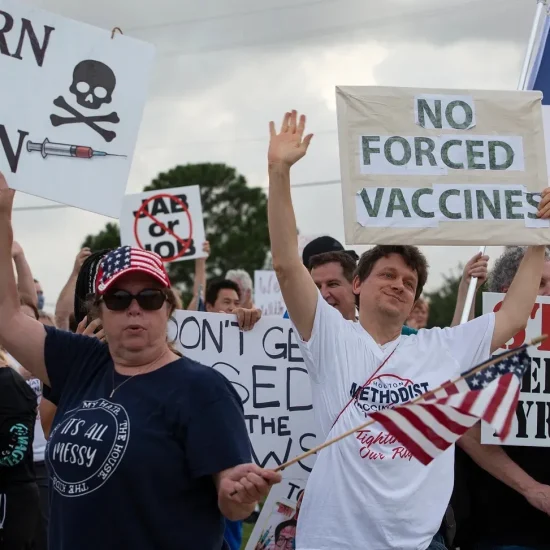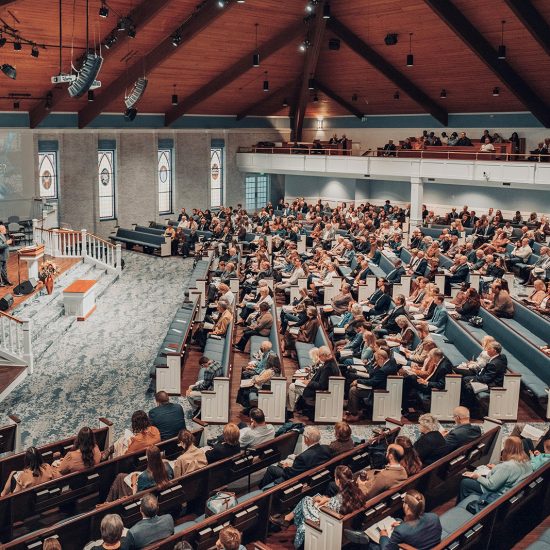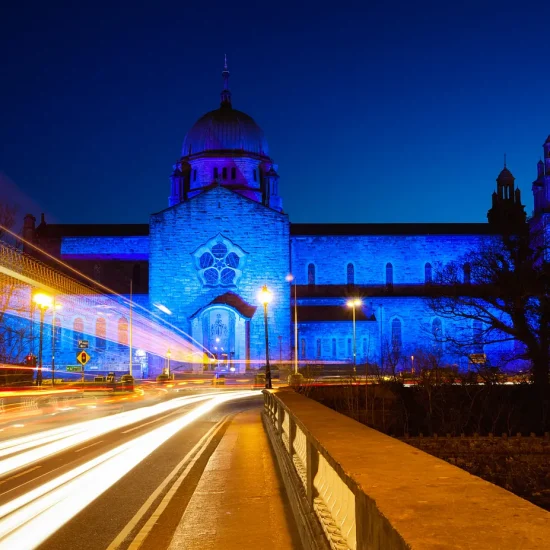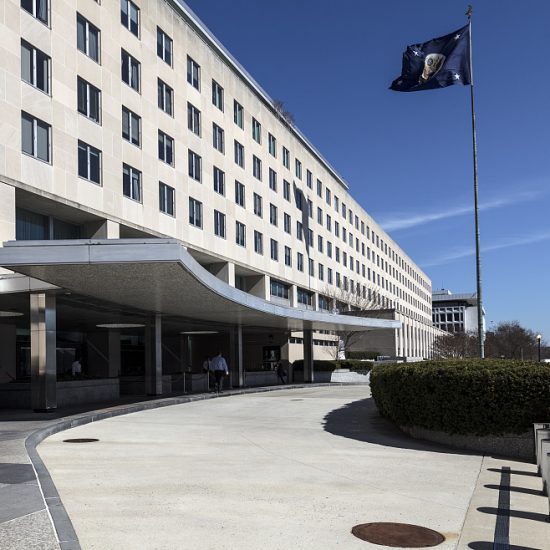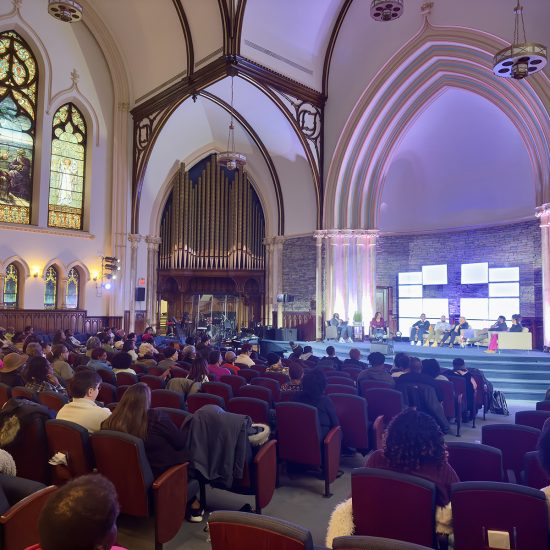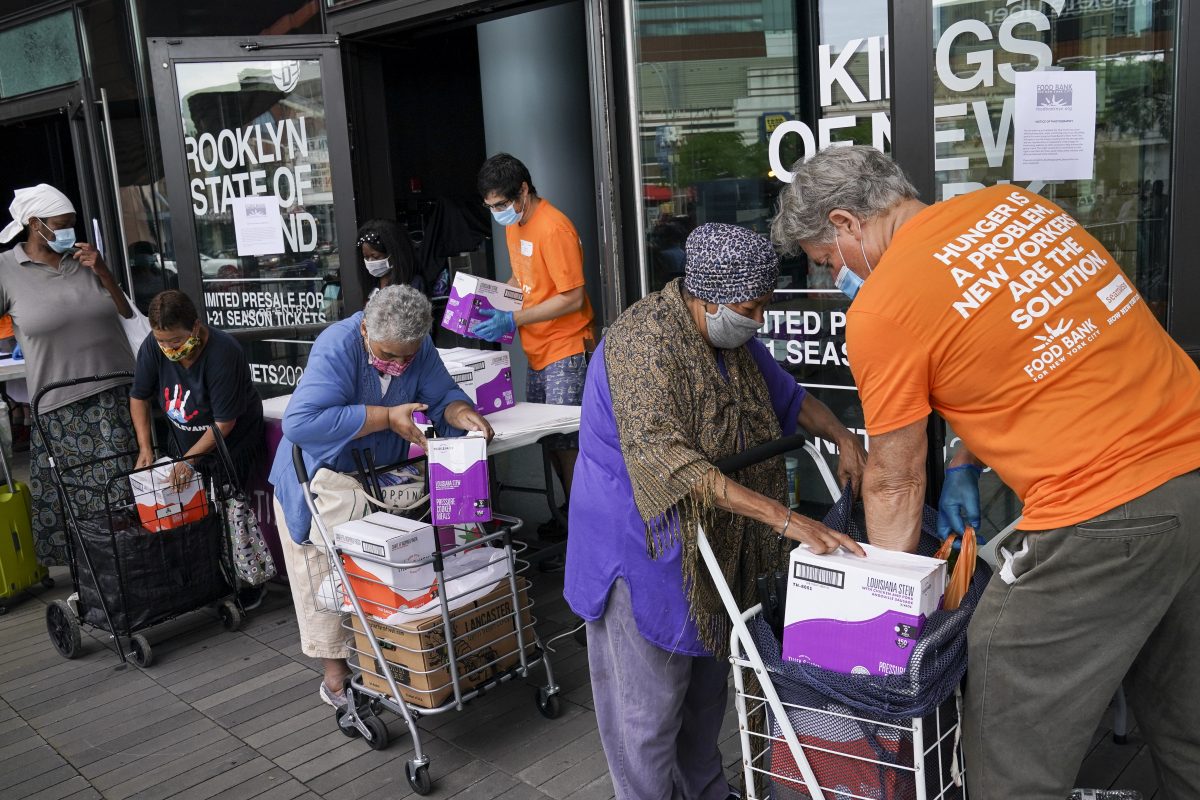
(RNS) — Sunday (Sept. 13) marked six months since the U.S. declared the COVID-19 outbreak a national emergency. The reality that this pandemic is a marathon, not a sprint, has started to take a toll on people’s emotional and spiritual well-being, with more than half of adults reporting a decline in mental health due to worry and stress this year.
In other words, you’re not alone, and your feelings aren’t even restricted to fellow sufferers of this pandemic: Emotional and spiritual struggles are a common feature of major disasters, several of our studies have found. So much so that emergency managers have a name for the phenomenon: the disillusionment phase.
Emergency managers use models of disaster phases to guide and organize relief efforts and to conceptualize where people are in their disaster experience. They give us a set of broad expectations and let us see the ‘big picture.’ It’s helpful to know, for instance, that according to Zunin and Myers’s phases of disaster framework, the disillusionment phase tends to be characterized by discouragement and stress.
But just because something is predictable doesn’t make it easier. We also expected that fear and uncertainty would crescendo in the pre-disaster phase in the weeks leading up to the World Health Organization’s global pandemic declaration. This period was followed by the intense emotional reactions of the impact phase — that period of frenzied grocery trips, hand sanitizer shortages, and fights in stores over toilet paper.
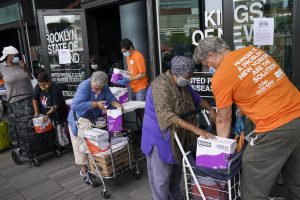
Pedestrians collect fresh produce and shelf-stable pantry items outside Barclays Center as Food Bank For New York City provides assistance to those in need due to the COVID-19 pandemic, Sept. 10, 2020, in New York. (John Minchillo/Associated Press)
Over the next several months, altruistic acts moved to the forefront during the heroic phase, when healthcare workers became our new role models and public support swelled for frontline workers. Then came the honeymoon phase, which is commonly marked by a sense of optimism, such as how optimistic so many people were that COVID-19 would pass quickly as people began to quarantine.
Now, in the disillusionment phase, numerous psychological studies are showing increased rates of depression, anxiety, and substance abuse. Months ago parents thought, “If we can just make it to the school year.” Now, they are dealing with the weight of at-home or hybrid learning and health risks for their children. None of this is what we want for us or our kids and it’s disappointing.
A continued disruption of our religious habits and the political polarization of COVID-19 dividing religious communities are just some of the spiritual challenges visited on us in this phase. Researchers writing this summer in Psychiatric Times also noted that the decrease in religious affiliation has left a void for many during the pandemic, threatening to leave us without “answers to existential questions like meaning, purpose, destiny, control, and role of the self at this time.”
The bad news is that the disillusionment phase sometimes feels like a forever phase. We may be wondering what, if any, phase comes next.
The next and final phase of the model is the reconstruction phase, in which we begin to adjust to “a new normal” as we work through grief and pain. Phases of disaster frameworks can’t accurately predict how long we will remain in the disillusionment phase or the reconstruction phase. If and when an effective vaccine becomes available, there may be shortages due to high demand — and the first-generation vaccine will likely not be the most effective one anyway. Those most vulnerable to healthcare inequalities and the medically frail and marginalized will still be at highest risk.
The economy will need time to rebound. Grief will take time to hurt less. Regardless, understanding where we are and what is next helps us to remind ourselves again that COVID-19 is a marathon. We will likely be in the disillusionment phase for some time to come and reconstruction phase even longer.
Over the last 15 years of studying disasters around the globe, we’ve learned important lessons that can help us navigate the disillusionment and reconstruction phases.
The 2010 Haiti earthquake taught us that truth telling is freeing. Acceptance is the goal — not that we should throw our hands up or give up; rather, it’s a recognition that sometimes phases of disaster last months, years and even decades. We realize this isn’t what anyone wants to hear, but it’s what we need to hear in order to accept our circumstances so that we may find life even during COVID-19.
A study we conducted nearly a year after Typhoon Haiyan in the Philippines showed that hope grounded in faith also helps us cope. In a study we conducted shortly after the first confirmed Ebola case in the U.S., we discovered that people who reported being motivated by their religious convictions experienced less existential anxiety (i.e., fear of death) and had fewer national security concerns.
Hurricane Matthew and personal disasters (e.g., cancer ) opened our eyes to how spiritual fortitude makes it possible to flourish despite our hardships. Our research on spiritual fortitude even suggests that it helps us metabolize suffering, redeem our sense of purpose and cope in chronic circumstances.
Flooding in South Carolina in 2105 showed that perceived positive spiritual community, feeling cared for by one’s faith community, helped survivors live more resiliently. Our social bonds and connections with each other will be essential to COVID-19 emotional and spiritual well-being, especially in periods of social distancing.
But as important may be finding new ways to live out our faith. The Ebola outbreak in Africa and the U.S. revealed that it is possible to practice one’s faith despite public safety measures, like physical distancing, that were necessary to slowing and preventing disease contamination. Doing so required changes, such as reducing the size of gatherings during religious burial ceremonies and preventing direct contact with the deceased.
These experiences remind us that others have made it through all six phases to the other side of disaster, and though we haven’t yet, so will we.
Jamie Aten is founder and executive director of the Humanitarian Disaster Institute at Wheaton. Follow on Twitter at@drjamieaten or visit jamieaten.com. Kent Annan is director of Humanitarian & Disaster Leadership at Wheaton College. HDI has just finished its 6-month impact report describing how it has helped during the pandemic. Follow on Twitter at@kentannanor visitkentannan.com.

